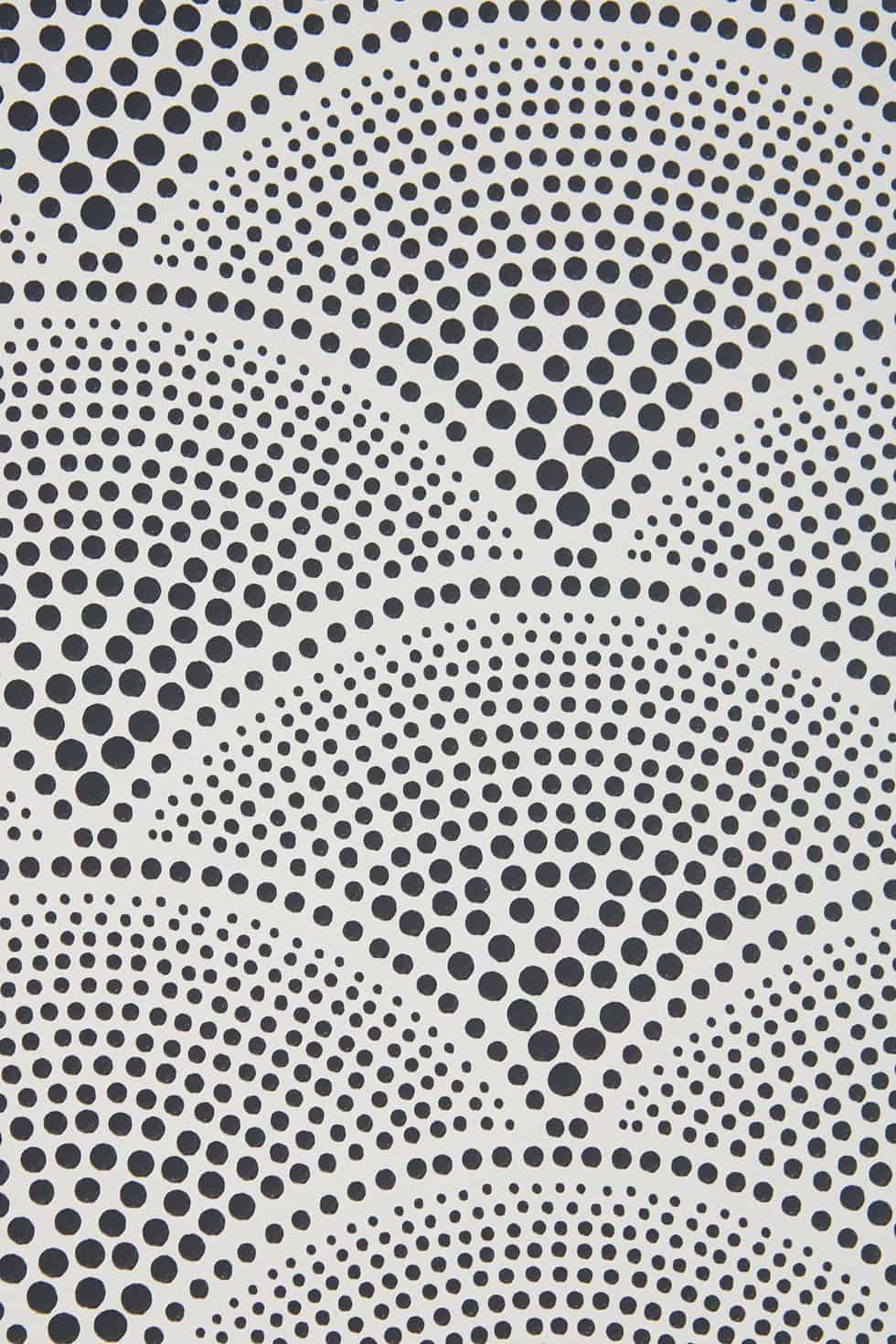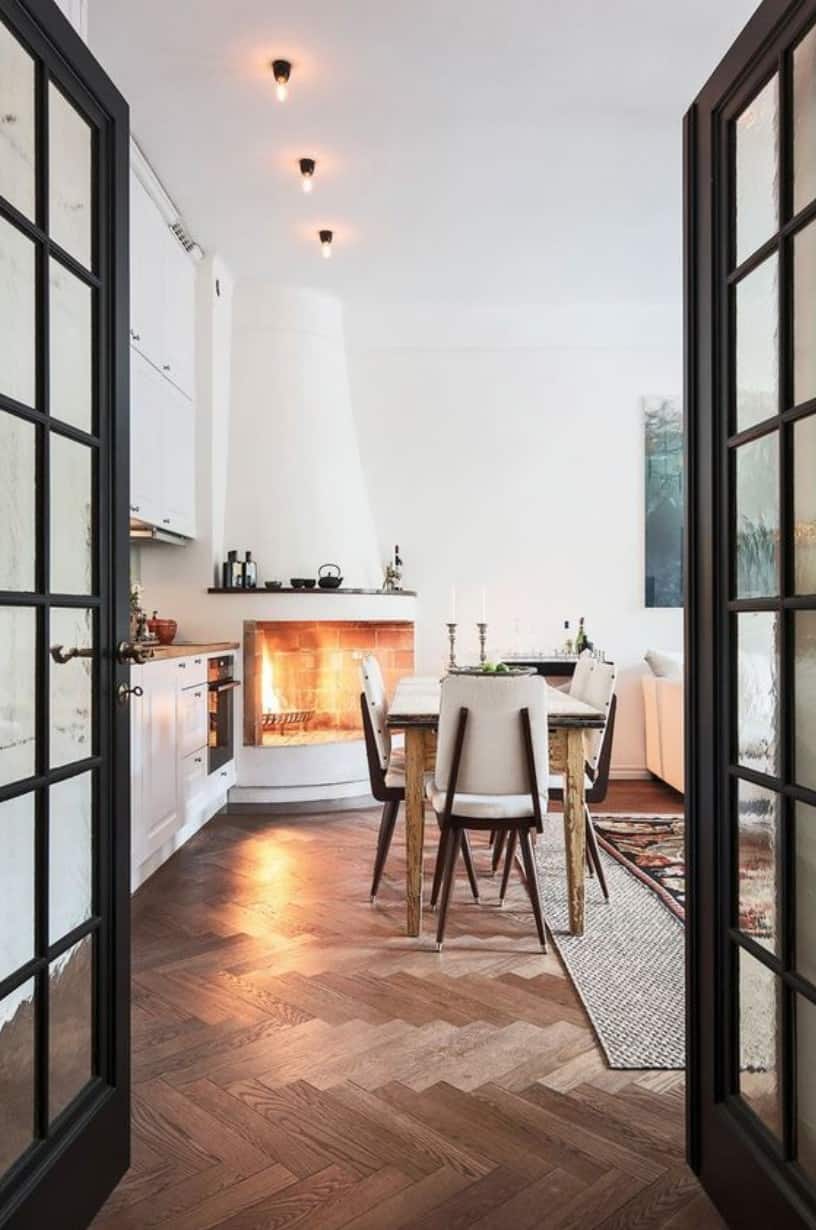The Colour Flooring Company
Earlier this year we were approached by The Colour Flooring Company to discuss our shared love of cork. My passion for this lovely material started way back in my teenage years – I have always loved the feel of cork and the retro 70s vibe that it brings with it. Lots of my friends had cork floors back in the day. It was highly glossed but that added to the appeal, we used to skid across in our socks or spin each other around until dizzy and in fits of laughter. Don’t tell the parents! We also had a cork wall pinned with Polaroid memories, shopping lists and of course the latest artworks we’d brought home from school.
Back to today, let us and The Colour Flooring Company introduce you to ‘Corka’, the first-ever waterproof pure cork floating flooring. Yes, you read that correctly, pretty amazing hey? Even more outstanding is it’s sustainable credentials. Corka has now been launched and has been added to The Colour Flooring ranges. It’s going to be available in six beautiful finishes, from the wide grained natural beauty of Amizade through the subtle block pattern of Carnada to the grey washes of Bacana.
So let’s get Tech. Why cork?
- Waterproof – perfect for residential or commercial.
- Guaranteed for a lifetime in domestic use and 10 years in a commercial environment.
- Not just carbon neutral, it’s actually carbon positive.
- Easy to fit on top of existing floors with minimum subfloor preparation.
- Made with a universal locking system, so clicks into place with no need for glue or varnish.
- Comfortable underfoot with thermal and sound insulation. Reduces the walking sound up to 53%
- Pre-finished with a tough, scratch-resistant wear layer so easy to clean and no special maintenance.
- Can be installed in large areas giving that seamless look in any space up to 300sqm so perfect for all those large open plan kitchen dining living room areas.
- It’s composed of five layers, from the bottom up, integrated cork underlay, cork rigid core with click insulation system, cork inlay, natural cork veneer, and the super-tough protective surface made with environmentally sustainable materials.
Inspired by nature
 We were lucky enough to see the cork harvest in action on our trip to Portugal. Cork is an exceptional raw material and watching the cork harvest was wondrous; the stripping of the trees is an ancient and manual process that requires really skilled hands. It’s actually the highest paid job in Portuguese agriculture! The first harvest takes place after the tree has reached the age of 25 or a trunk circumference 70cm. It was like watching someone take off their heavy winter layers to let in the warmer weather. Spectacular.
We were lucky enough to see the cork harvest in action on our trip to Portugal. Cork is an exceptional raw material and watching the cork harvest was wondrous; the stripping of the trees is an ancient and manual process that requires really skilled hands. It’s actually the highest paid job in Portuguese agriculture! The first harvest takes place after the tree has reached the age of 25 or a trunk circumference 70cm. It was like watching someone take off their heavy winter layers to let in the warmer weather. Spectacular.
The trees are not harmed in any way by the harvest. The growth happens from the inside out so, in fact, the removal of the bark is needed for the tree to grow and breath. The harvest takes place every nine years and can be stripped 15 -18 times throughout the trees life. The Cork Oak is perhaps the most remarkable tree in the world with its special ecosystem and biodiversity. The cork forests provide the perfect habitat for the Imperial eagle and Iberian Lynx. Cork and its beautiful honeycomb bark cell structure has an inimitable personality – there is no material in the world like cork.
Cork is:
- Thermal and acoustic insulation.
- Impermeable to liquids and gases.
- Resistant to fire and high temperatures.
- High friction resistance.
- Elasticity and compressibility.
- Good resilience.
- Light and buoyant.
- Hypoallergenic.
- Comfortable.
- Soft to the touch.
And of course the most important factor for today’s society in a business is its circular economy, so from the cork tree to cork stoppers, from production waste and recycled stoppers to cork flooring.
The Trip
We all met at Lisbon airport and after introductions to each other headed off to The 1908 Lisboa Hotel. Centrally located in Lisbon, the 4-star 1908 Lisboa Hotel is housed in a completely renovated 1908 award-winning building by architect Adães Bermudes. Set in the corner of the Almirante Reis Avenue and Intendente Square, this hotel includes an ever-evolving art gallery, a restaurant and a bar.
The hotel features an art nouveau décor and unique contemporary pieces by Portuguese artists invited to reinterpret the building to the present day. Rooms offer French balconies with views of the square or the avenue.
 A staff member invited us to join him over a beer to chat about his City, which inspired us to head out and explore before dinner. Opting not to wait for the tram as the queue was rather long, we decided to hotfoot it along the cobbled streets and up the winding pathways. We admired the beautiful poetic buildings around us and watched street artists create new graffiti, listening to all different types of music from traditional to modern. What a great introduction to Portugal.
A staff member invited us to join him over a beer to chat about his City, which inspired us to head out and explore before dinner. Opting not to wait for the tram as the queue was rather long, we decided to hotfoot it along the cobbled streets and up the winding pathways. We admired the beautiful poetic buildings around us and watched street artists create new graffiti, listening to all different types of music from traditional to modern. What a great introduction to Portugal.
We meandered up to the beautiful Castelo S Jorge and admired the views over the city our minds and bodies were able to drink in the sunshine, we were all so happy to be away from the dreadful rain in the UK and to feel the warmth on our skin. We headed back to the hotel to change for dinner at an amazing restaurant with beautiful food and exploding olives. www.cantinhodoavillez.pt Yummy. Returning to the hotel and I can say that the bed engulfed me and sent me to sleep in cocooned heaven. Bliss.
The next day we were off to the cork forest, which was an amazing experience. Lunch was hosted at Sabres de Coruche, with lovely traditional food and the opportunity to chat about our cork forest experience with Bruno, our enthusiastic guide. We jumped back on the minibus and enjoyed the drive to Porto for our next stop.
We checked into www.hiportogaia.com which is the second tallest building in Vila Nova de Gaia and, therefore, one of the best places to contemplate the views over the city of Porto and the Douro River. We were lucky enough to have free time to look around the local area of Gaia and take in our surroundings before going off on a sightseeing tour of Porto followed by dinner at http://www.mudaporto.pt/ Lovely food; a modern Portuguese fusion restaurant that was decked-out in Cork. Stunning.

 On our last day, heads and hearts full of cork and questions galore we went off to visit the factory to see the process of how all that bark was turned into Cork Stoppers and Flooring. We had a really good informative meeting and couldn’t wait to see the process. What an amazing experience to see the cork mountains being hand-picked to produce the stoppers. Can you believe that bottle stoppers are hand punched for the higher-end wines? The process was unbelievable and any waste product was used for flooring and other items. One single cork tree produces 392g CO2. Personally, I am never buying wine with a screw top or plastic cork again! Portugal cork stoppers are recycled back to the factory and two tons of cork stoppers can make 8000m2 of flooring – that’s 300 hotel bedrooms. Another big WOW.
On our last day, heads and hearts full of cork and questions galore we went off to visit the factory to see the process of how all that bark was turned into Cork Stoppers and Flooring. We had a really good informative meeting and couldn’t wait to see the process. What an amazing experience to see the cork mountains being hand-picked to produce the stoppers. Can you believe that bottle stoppers are hand punched for the higher-end wines? The process was unbelievable and any waste product was used for flooring and other items. One single cork tree produces 392g CO2. Personally, I am never buying wine with a screw top or plastic cork again! Portugal cork stoppers are recycled back to the factory and two tons of cork stoppers can make 8000m2 of flooring – that’s 300 hotel bedrooms. Another big WOW.
And sadly this brought our visit came to an end, just as quick as it started. Again, thank you, Lena and Bill, for such an experience that was so well put together and so informative.






















Lovely post. Thanks Sally. Head over to https://www.colourflooring.co.uk/ for FREE Corka samples!